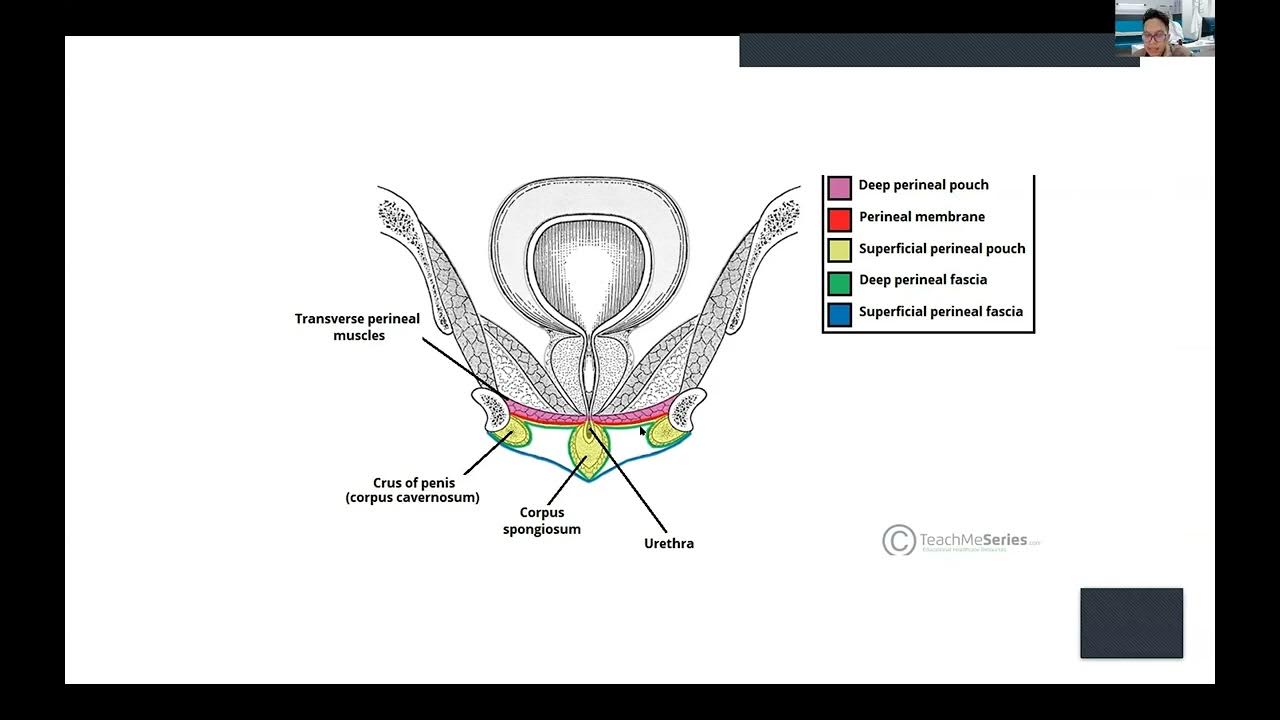Anatomy and Function of Female Breasts
Summary
TLDRThis lecture discusses the anatomy and function of the female breast, focusing on its role in lactation and child nourishment. It explains the structure, including the mammary glands, milk ducts, connective tissues, and the role of hormones like prolactin and oxytocin in milk production and release. The process of breastfeeding is highlighted, showing how it not only nourishes the child but also provides immunity through antibodies and aids the mother's recovery by helping the uterus return to its normal size. The lecture emphasizes the importance of breastfeeding for both mother and child.
Takeaways
- 🔍 The human female breast plays a crucial role in both the reproductive cycle and the development of a child after childbirth.
- 📖 The breast's anatomy includes the pectoralis muscle, mammary gland, lobules of granular tissue (alvioli), milk ducts, ligaments of Cooper, and fat tissue.
- 🍼 The primary function of the breast is lactation, the process of producing milk to nourish and provide immunity to the child.
- 🤰 During pregnancy, estrogen and progesterone stimulate the growth of the mammary gland, preparing the breast for milk production.
- 👶 Colostrum, produced immediately after childbirth, is the first milk and is rich in protein and lactose but low in fat.
- 🌟 Prolactin, released by the pituitary gland, stimulates the mammary gland to produce milk that is high in carbohydrates, fats, and antibodies.
- 👁️🗨️ The process of lactation is triggered when a baby suckles on the nipple, creating electrical signals that travel to the hypothalamus and stimulate the release of oxytocin.
- 💓 Oxytocin causes the muscle layer around the milk ducts to contract, pushing milk into the ducts and out through the nipple.
- 👩⚕️ Breastfeeding has positive effects such as stimulating the uterus to return to its pre-pregnancy state and providing the child with essential nutrients and antibodies.
- 🛡️ Breast milk provides passive immunity to the child, helping to fight off pathogens and reduce the risk of infection.
Q & A
What is the primary function of the human female breast?
-The primary function of the human female breast is to produce milk via the process of lactation.
What is the role of the pectoralis muscle in relation to the breast?
-The pectoralis muscle is connected to the breast via connective tissue and helps support the breast structure.
What are the lobules of granular tissue and their function?
-The lobules of granular tissue are grapelike structures containing specialized gland cells that produce and release milk.
How does the milk move from the lobules to the nipple?
-The milk produced by the lobules is released into the milk ducts, which act as passageways allowing the milk to move to the nipple.
What is the role of the nerve endings in the nipple during breastfeeding?
-When the baby suckles on the nipple, the nerve endings create action potentials that propagate to the hypothalamus, stimulating the release of hormones for lactation.
What is colustrum and when is it produced?
-Colustrum, also known as first milk, is a yellowish fluid rich in protein and lactose, produced before and for a few days following childbirth.
How does the hormone prolactin influence milk production?
-Prolactin, released by the pituitary gland, stimulates the mammary gland cells to produce milk different from colustrum, which is higher in carbohydrates and fat.
What is the role of oxytocin in the process of lactation?
-Oxytocin, released by the posterior pituitary gland, stimulates the muscle layer around the milk ducts to contract, forcing milk out of the cells and into the ducts for the baby to feed.
What are the benefits of breastfeeding for the mother?
-Breastfeeding stimulates the release of oxytocin, which helps the uterus return to its normal size and shape.
How does breastfeeding benefit the child's immune system?
-Breastfeeding provides the child with antibodies that boost immunity, giving passive immunity and increasing the likelihood that pathogens will be fought off by the child's immune system.
What is the role of the fat tissue in determining the size and softness of the breast?
-The fat tissue, shown in orange, determines the size of the breast, with more fat leading to larger breasts, and also affects the softness of the breast.
Outlines

此内容仅限付费用户访问。 请升级后访问。
立即升级Mindmap

此内容仅限付费用户访问。 请升级后访问。
立即升级Keywords

此内容仅限付费用户访问。 请升级后访问。
立即升级Highlights

此内容仅限付费用户访问。 请升级后访问。
立即升级Transcripts

此内容仅限付费用户访问。 请升级后访问。
立即升级浏览更多相关视频
5.0 / 5 (0 votes)






